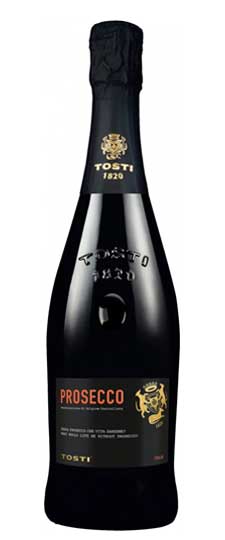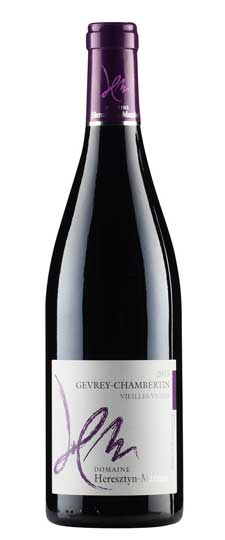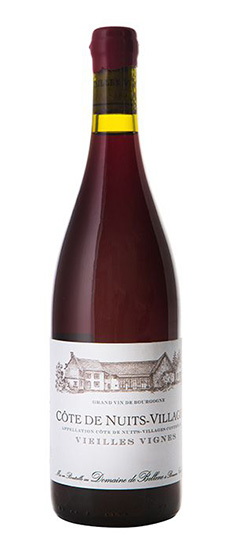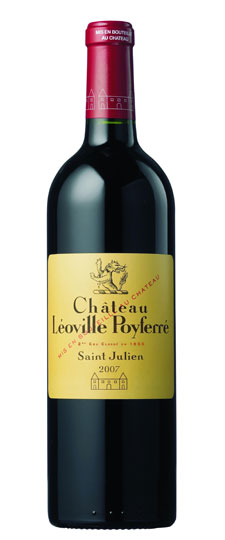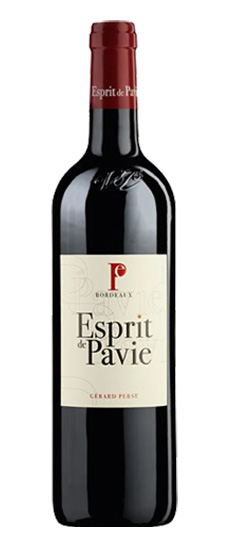Wine Score
Grape Variety
Pinot Noir
In many ways, Pinot Noir is the polar opposite of Cabernet Sauvignon. Pinot Noir has thin skins not thick and makes much lighter paler wines that are not as well suited to blending or long-term aging. Cabernet Sauvignon needs extra heat to ripen fully, while Pinot Noir needs cooler conditions to retain its seductive earthy charm and falls flat in places where it gets too ripe and fruity.
Pinot Noir is probably the most frustrating, and at times infuriating, wine grape in the world. However when it is successful, it can produce some of the most sublime wines known to man. This thin-skinned grape which grows in small, tight bunches performs well on well-drained, deepish limestone based subsoils as are found on Burgundy’s Côte d’Or.
Burgundy Wine
About 200 million years ago, the region was part of a vast, tropical sea which created limestone soils. These soils are the secret behind the zesty minerality that’s the hallmark of Burgundy wines. In fact, if you venture into the vineyards you can find chunks of limestone or marl (limestone mixed with clay) that contain fascinating fossilized sea creatures mixed within.
The easiest way to wrap your brain around Burgundy is to understand that there are really only two grape varieties to remember Pinot Noir & Chardonnay. Burgundy is not only the original home of these grapes, but the “terroir” (tare-wah) that best expresses their character – elegant, aromatic, complex and highly enjoyable
- Red Burgundy is wine that is made in the Burgundy region of eastern France using 100% Pinot Noir grapes. That’s right, Red Burgundy is just a Pinot Noir.
- White Burgundy is also made in Burgundy, but, since it is white, it is made from 100% Chardonnay grapes.
Burgundy has become known for being the best land in the world for producing both Pinot Noir and Chardonnay, and it is for this reason that Burgundy wines have received such acclaim. In fact, the quality of the land is considered to be so important to the creation of red and white Burgundy, that inside the Burgundy region, vineyards are classified by four levels, depending on how exceptional it is believed one’s plot of land is for growing the grapes. When buying a bottle of Burgundy, one of these four classifications will be labeled on the bottle:
- Grand Cru – This classification is reserved for the best vineyards. Only about 2 percent of all vineyards in Burgundy receive this classification
- Premier Cru – These wines are produced from vineyards that are still considered to be of stellar quality, but just a small step down from Grand Cru. These vineyards make up about 12 percent of all vineyards in Burgundy and can also produce wines that are quite expensive.
- Village Wines – These are Burgundies that are produced from grapes sourced from several vineyards in 1 of the 42 villages of Burgundy. You will know it’s a Village wine because the name of the village where the grapes were sourced will be labeled on the bottle. These wines represent 36 percent of all Burgundy.
- Regional Wines – Finally, Regional wines are considered to be the lowest level of classification. These are wines that are created from a combination of vineyards from a variety of villages within Burgundy, as opposed to a single village, like Village wines. As such, wines of this classification will simply be labeled as a wine of Bourgone. These wines represent 50 percent of all wines produced in Burgundy.
Burgundy Wine Style
To the ‘vigneron” (winemakers/growers) Burgundy is not only the original home of these grapes, but the terroir that best expresses their character – elegant, aromatic, complex and highly enjoyable. Pinot noir from Burgundy as “Rustic” “Barnyard” or “Forest-floor”
No other wine region in the world is as well-known for its terroir as Burgundy, where vineyards that are metres apart can produce vastly different wines from the same grapes.
Gevrey-Chambertin
 The monk known as Bertin must have liked his wine—and he must have had a great vineyard to grow it, for it is after this ‘field’ that the wine we now know as Gevrey-Chambertin is named – the field of Bertin, (or Champ de Bertin). The village of Gevrey—located in the Côte d’Or and about 15km south of Dijon—added the name of its most famous vineyard, Chambertin to its name in 1847 (just as Puligny was to become Puligny-Montrachet, and Nuits became Nuits-St. Georges). Since then the legendary renown of this hallowed terroir has grown and grown. Some say that only the monumental name of Romaneé Conti can match or surpass it in terms of world-beating red Burgundies. In this part of the Côte de Nuits (the northern Côte d’Or) there are no fewer than nine Grands Crus vineyards (more than any other Burgundy village). As if this was not enough, there are also 26 Premiers Crus climats here. Generally speaking, look north for the Premiers Crus; south for the Grands Crus; and on lower ground for the Village appellation wines.
The monk known as Bertin must have liked his wine—and he must have had a great vineyard to grow it, for it is after this ‘field’ that the wine we now know as Gevrey-Chambertin is named – the field of Bertin, (or Champ de Bertin). The village of Gevrey—located in the Côte d’Or and about 15km south of Dijon—added the name of its most famous vineyard, Chambertin to its name in 1847 (just as Puligny was to become Puligny-Montrachet, and Nuits became Nuits-St. Georges). Since then the legendary renown of this hallowed terroir has grown and grown. Some say that only the monumental name of Romaneé Conti can match or surpass it in terms of world-beating red Burgundies. In this part of the Côte de Nuits (the northern Côte d’Or) there are no fewer than nine Grands Crus vineyards (more than any other Burgundy village). As if this was not enough, there are also 26 Premiers Crus climats here. Generally speaking, look north for the Premiers Crus; south for the Grands Crus; and on lower ground for the Village appellation wines.
Red Wine
In youth Gevrey-Chambertin is usually a bright ruby color, turning more black cherry with age. Strawberry and cherry fruits, violet and rose floral notes are common in the early days. Maturity brings out liquorice, leather and fur and hints of that Pinot underbrush. Youthful firm structure gives way to velvety tannins and delicate texture. Gevrey is what great Burgundy should be: powerful, rich, and meaty. They can often be when drunk young to appreciate the fruit, but really these are wines for aging, often for long periods. These are wines for meat eaters who like their wine powerful, structured and smooth – like a fist in a velvet glove. Game is a fantastic match, as is braised or marinated lamb or beef. Choose strong but creamy cheeses like Époisses, and more especially the local Ami du Chambertin, created to go especially well with these wines and named ‘friend of Chambertin’.


